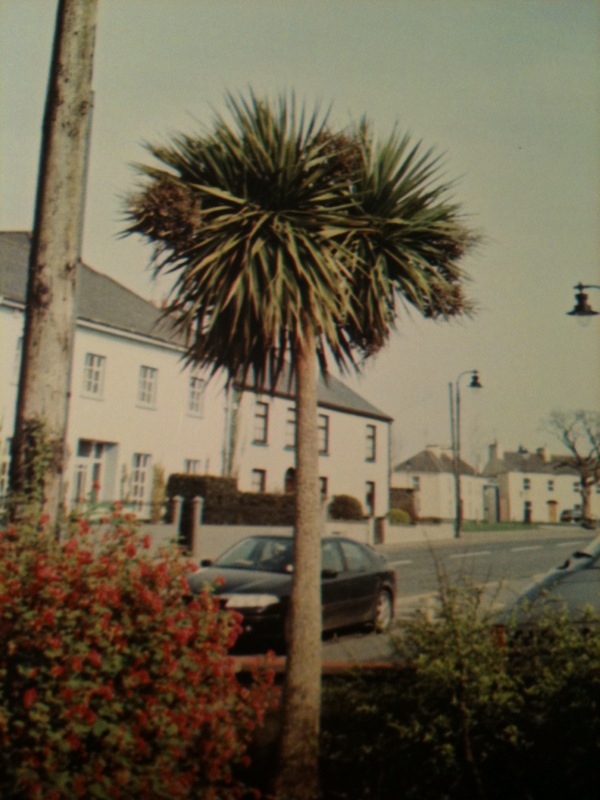The other day we heard from a guy named Greg who has a lot of two-fisted adventures. His latest involved seeing a White Ibis and an Anhinga in Illinois. You can read about it on our Facebook page.
Wait a second: did we just say “in Illinois?” Anhinga? White Ibis? Those birds don’t belong in this state. They’re jungle birds.
That got us thinking: Illinois isn’t entirely what you might think. You think it’s midwestern corn until you hit Chicago, which is smoky and windy, with the country’s tallest buildings. Illinois is a routine northern state, you figure.
But consider these places: Modesto, California. Fort Knox, Kentucky. Cortez, Colorado. Page Arizona. Yucca Flat, Nevada…Bizerte, Tunisia.
Tunisia? That’s sandy, with camels, right? And hot. Arizona, California, Nevada? All seem kind of south-of-here, you know?
But they’re located at the same latitude as the Illinois swamp where Greg saw his rare birds. 37 degrees north, give or take a few steps. Draw a line around the globe, starting at Carbondale, and it’ll run through Tunisia, California, Nevada, Arizona, all those warm-sounding places.
This talk of latitude and biological oddities reminds us of when we saw palm trees in Ireland.
From Dublin to Kerry, in latitude fifty-something (just like the temperature), Ireland has palm trees. See for yourself, if you don’t mind a crummy cell phone shot.

Why are there tropical birds in Illinois and tropical plants in Ireland? For Illinois, the answer is easy: it has its toes in the south. Jungle birds are comfortable visiting there.
And the Irish palm question is basic botany. Ireland, cool as it is, never drops below freezing. Palms can abide cool; they just don’t like frost. So they like Ireland. And you will, too, when you go.
As far as liking swamps in southern Illinois, well, if you see an Anhinga or Ibis while you’re there, maybe you won’t mind the bugs and water moccasins. Water moccasins in Illinois? Hey, if we got Anhingas…

A reply to Buffy: Nothing’s impossible. Birds are where you find them. But it’s also possible that the birds you saw are Double-crested Cormorants, which are likely to be found in your area and look sorta like Anhingas. But who really knows?
September 18th-My husband and I were taking care of our child in the living room which looks out to the Fox River in Elgin, Il and saw two birds swimming and diving that we had never come across before. I quickly got the binoculars and was amazed at what I saw!!! Long necks, quick swimmers, body totally submerged and diving under water-grabbed the bird book and we think we might have seen these birds????(anhingas)
The British and Irish Palm trees exist only on the west coast. The temperature never falls below freezing because of the North Atlantic Drift. A warm current which eminates from the Gulf of Mexico.
Becki, regarding your first comment today…thanks for adding our name to your magazine article. There actually have been some extra visits to the site from Arkansas. Glad to have ’em.
Soon after I posted a comment here today I picked up a magazine and read that the U.S. Fish and Wildlife Service released its final recovery plan for the ivory-billed woodpecker last week, totting up federal funds spent since 2006. The total: $2.1 million.
As a kid, growing up in Scotland, I remember seeing palm trees in gardens near the town of Dunoon – 55′ 56″ North!
Mr. Two-Fisted Bird Watcher, I have been reading you for about a month. I stumbled into it for an article I was writing for a baby boomer magazine, BOOM!, and added your blog to a list of other blogs. Have you had an uptick of Arkansas readers? I hope so, this is my favorite blog.
I grew up in the Mississippi Delta (but in Arkansas). My uncle had a house on a bayou in the vicinity of the Ivory Billed Woodpecker. When I am in that neck of the woods I watch for that bird all the time. I met the man who first saw it and most educated folks believe him.